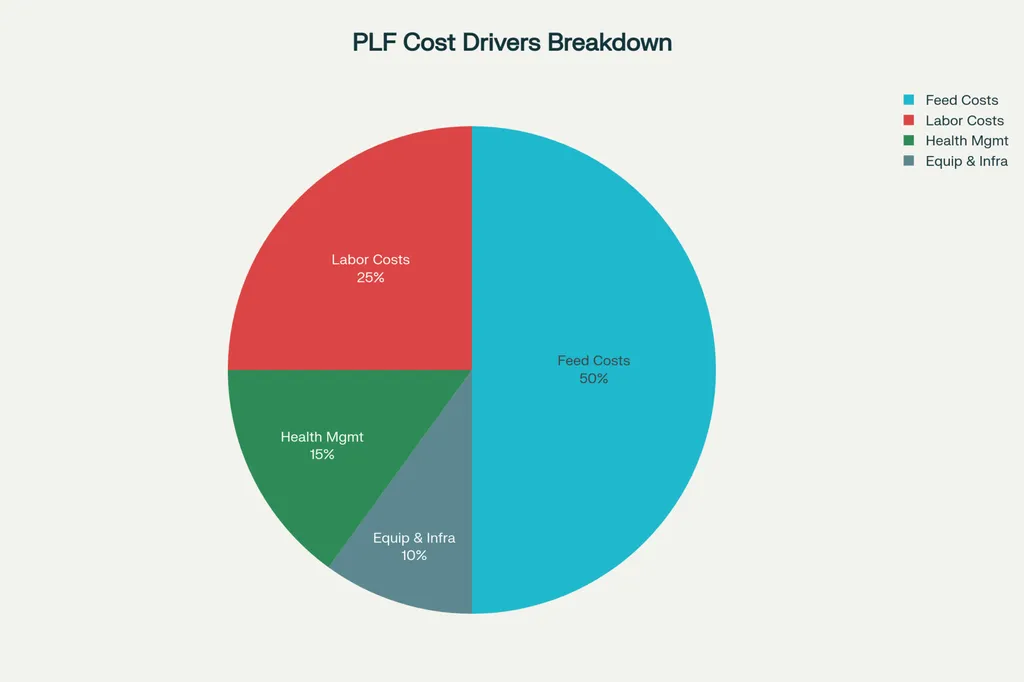In the quest to reduce food waste and environmental impact, a groundbreaking study led by Yuan Zhang from the School of Management at Guizhou University of Commerce in China has shed light on the potential of digital tools to transform the European milk supply chain. Published in the journal *Applied Sciences* (translated as *Applied Sciences*), the research demonstrates that implementing Radio Frequency Identification (RFID)-enabled digital decision-support tools can significantly cut down on food loss and waste, leading to substantial environmental benefits.
The study employed a cradle-to-grave life cycle assessment (LCA) to quantify both the environmental burdens of RFID systems—such as tag production, usage, and disposal—and the avoided burdens due to reduced milk losses across the farm, processing, and distribution stages. The findings are striking: the integration of these digital tools could result in annual net reductions of up to 80,000 tonnes of CO₂-equivalent greenhouse gas emissions, 81,083 tonnes of PM₂.₅-equivalent particulate matter, 84,326 tonnes of land use–related carbon deficit, and 80,000 cubic meters of freshwater-equivalent consumption.
Zhang emphasizes the strategic value of these tools, stating, “Despite the environmental footprint of RFID systems, their integration into the EU’s dairy supply chain enhances transparency, reduces waste, and improves resource efficiency.” The study highlights that regions with historically high spoilage rates, particularly in Southern and Eastern Europe, stand to gain the most from this technology. The environmental savings are most pronounced during peak milk production months, underscoring the timely and targeted impact of these digital interventions.
The commercial implications for the energy sector are equally compelling. As the dairy industry strives to meet sustainability goals, the adoption of RFID technology could drive demand for energy-efficient solutions and renewable energy sources. The reduced environmental footprint of the supply chain aligns with broader industry trends toward circular economy principles, where waste reduction and resource efficiency are paramount.
Moreover, the spatial analysis conducted in the study provides a roadmap for targeted investments in digital infrastructure. By focusing on regions with the highest spoilage rates, stakeholders can maximize the environmental and economic returns on their investments. This strategic approach not only benefits the dairy industry but also supports the broader energy sector by reducing the carbon intensity of food production and distribution.
As the world grapples with the challenges of climate change and resource depletion, the findings of this study offer a beacon of hope. The integration of digital tools in the dairy supply chain exemplifies how technology can be leveraged to create a more sustainable future. Zhang’s research serves as a call to action for policymakers, industry leaders, and technology providers to collaborate and scale up these innovations.
In the words of Yuan Zhang, “The strategic value of these tools lies in their ability to enhance transparency, reduce waste, and improve resource efficiency.” As the dairy industry and the energy sector continue to evolve, the insights from this study will undoubtedly shape future developments, paving the way for a more sustainable and efficient food supply chain.

